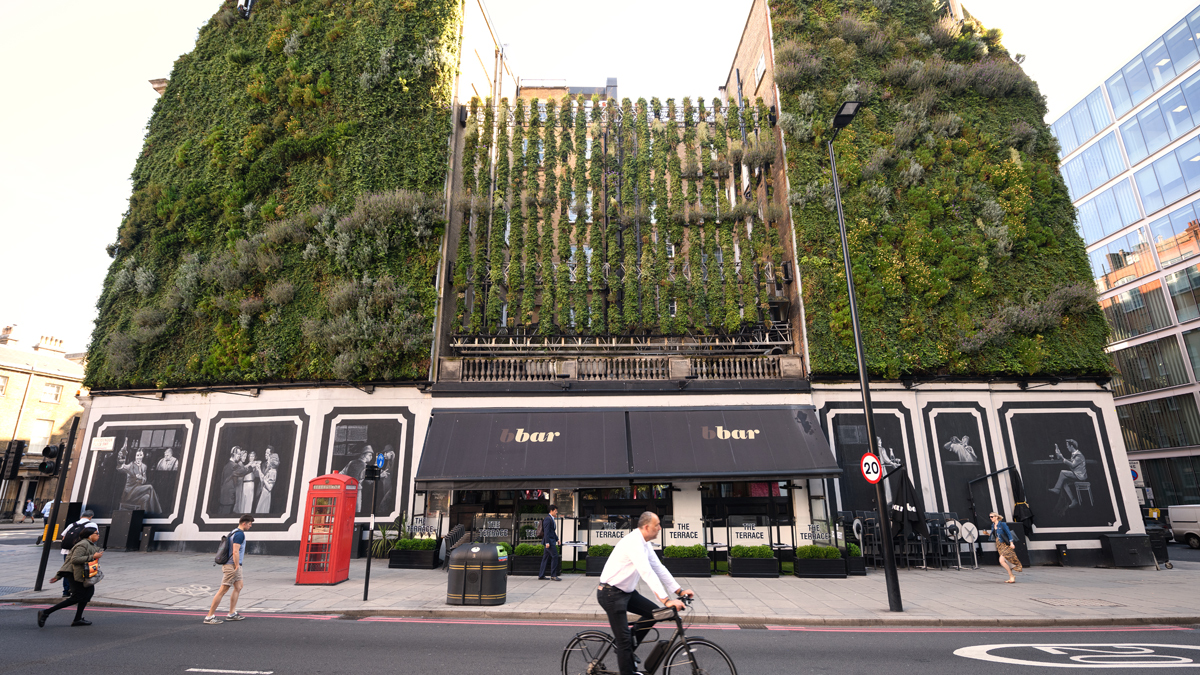As the building sector seeks to reduce carbon intensity, how might ASX stocks be affected?

Picture: Leon Neal/News via Getty Images
Just how will the push to reduce carbon emissions play out in the ASX building sector?
20% of Australia’s annual greenhouse gas emissions are associated with the operation of residential and commercial buildings alone.
While local building standards tend to focus on energy efficiency of new construction operations, this is tipped to shift to building materials soon and may require estimation of the total carbon emission burden of a building during its life as well as its ultimate demolition and disposal.
And a report by Morningstar, authored by Grant Slade, reckons there’ll be a number of winners and losers. Specifically, those that use lightweight building materials.
“We view lightweight building materials as most likely to benefit from an increasing carbon price and/or the introduction of complementary carbon-reducing policies,” Slade said.
In this context Slade named James Hardie (ASX:JHX) as one beneficiary due to its lightweight fibre cement exterior wall cladding franchise.
Conversely, Brickworks (ASX:BKW), which utilises bricks and tiles from clay and concrete, rates as potentially vulnerable.
Other companies that specialise in materials that don’t contribute meaningfully to the carbon emissions of a building weren’t vulnerable, according to Slade.
Two examples were Reliance (ASX:RWC), which makes water control products, and GWA Group (ASX:GWA), which makes household fittings, particularly for the bathroom and kitchen.
But the ASX building sector is ‘overvalued’
Morningstar nonetheless warned that the broader sector was mostly overvalued.
Building and construction had surged during COVID-19 thanks to government stimulus measures, but this wouldn’t last forever.
“We think the cyclical boom in housing construction means these low carbon risk building materials stocks are relatively overvalued at current share prices,” Slade said.
Even in respect of James Hardie, Slade said the benefit had already been priced in.
“At current share prices which already price-in significant secular growth of the category in its key geographies of North America and Australasia, there is not an opportunity for investors to profit from the carbon-related ESG tailwind building behind Hardie,” he said.
Related Topics
UNLOCK INSIGHTS
Discover the untold stories of emerging ASX stocks.
Daily news and expert analysis, it's free to subscribe.
By proceeding, you confirm you understand that we handle personal information in accordance with our Privacy Policy.








